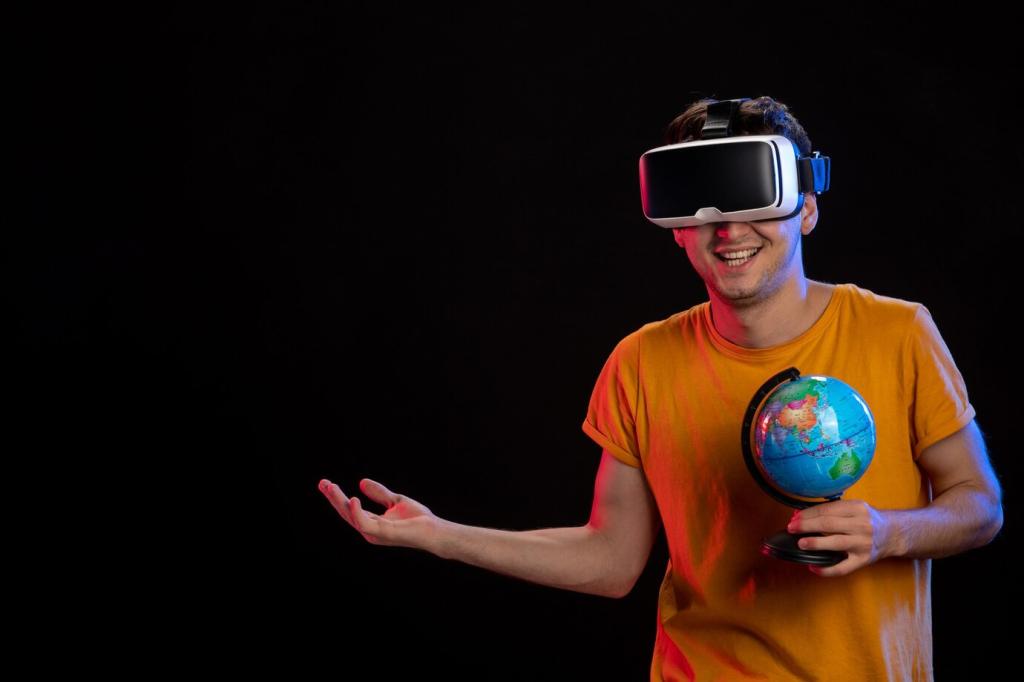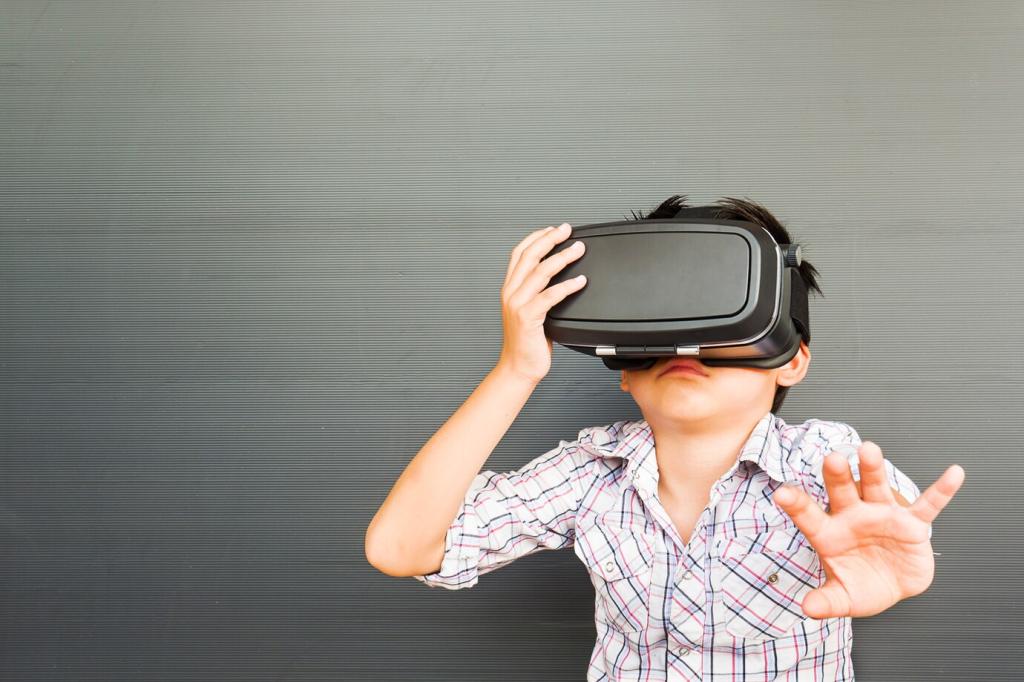Virtual Reality (VR) is revolutionizing the educational landscape by introducing immersive technologies into classroom settings. As an innovative tool, VR enables students to interact with digital environments in a manner previously unimaginable within traditional teaching methods. This advancement holds the promise of transforming engagement, retention, and comprehension across diverse fields of study. By leveraging VR, educators can offer experiential learning opportunities, transport students to otherwise inaccessible locations, and create adaptable environments that cater to varied learning styles. As such, the integration of VR in classrooms is not simply a trend, but a significant evolution in the future of education.
The Concept of Virtual Reality in Education
Immersive Learning Environments
Immersive learning environments created by VR allow students to interact with subjects in three-dimensional space, moving beyond passive consumption towards active participation. This level of engagement makes learning memorable, as students become participants rather than mere observers. For instance, history classes can come alive as students virtually walk through ancient civilizations, or biology can be experienced at a cellular level, providing context that textbooks alone cannot deliver. The richness of these experiences results in greater retention and enthusiasm for the subject matter, fostering a lasting appreciation for learning.
Simulating Real-World Scenarios
One of the most significant advantages of VR is its ability to simulate real-world scenarios that might otherwise be too dangerous, expensive, or logistically challenging to recreate in a traditional classroom. For example, science students can conduct hazardous experiments in a virtual lab without any risk, or medical trainees can practice surgical procedures on virtual patients. This hands-on approach builds confidence and competence, ensuring that students enter their future professions with practical skills that go far beyond theoretical knowledge.
Enhancing Abstract Concept Comprehension
VR technology is particularly effective in helping students grasp abstract or complex concepts. Mathematics and physics students can visualize multidimensional graphs or forces in action, turning confusing theories into tangible experiences. This capability transforms difficult subject matter into accessible and engaging lessons, empowering students who might otherwise struggle with traditional representations. As a result, VR serves as an equalizer, breaking down barriers to understanding and enabling all learners to thrive.
Benefits of Virtual Reality in the Classroom
Increased Student Engagement
One of the primary benefits of using VR in classrooms is the significant boost in student engagement it offers. The immersive nature of VR captures students’ attention and stimulates their curiosity, turning even the most routine lessons into captivating adventures. When students are fully engaged, distraction decreases and time-on-task increases, making it easier for educators to cover complex or challenging subjects. The excitement that VR evokes in students can lead to a more enthusiastic classroom environment, where active participation becomes the norm rather than the exception.
Collaboration and Social Learning
VR platforms often feature multiplayer modes or shared environments, enabling students to collaborate and learn from one another in ways that mirror real-world teamwork. Through virtual field trips, group problem solving, or co-creation in a simulated environment, students develop not only subject-specific skills but also communication and leadership abilities. This social dimension of VR encourages students to engage in peer-to-peer learning, fostering a sense of community and shared purpose that enhances the educational experience.
Personalized Learning Experiences
Virtual reality offers opportunities for personalized learning that are difficult to replicate with traditional methods. VR environments can be tailored to individual learning paces, styles, and preferences, allowing each student to navigate content in a way that best suits them. Adaptive feedback mechanisms within VR applications ensure that students can challenge themselves appropriately or receive additional support when needed. This tailored approach helps minimize frustration and maximizes the potential for each learner to succeed.
Previous slide
Next slide

In science and technology education, VR offers the ability to explore concepts and environments that would otherwise be out of reach. Students can manipulate virtual molecules, conduct simulated chemical reactions, or explore the cosmos from their classrooms. This hands-on, risk-free approach makes complex scientific principles more accessible, provides immediate feedback, and inspires curiosity about STEM careers. The opportunity to experiment and make discoveries in a safe virtual setting encourages exploration and critical thinking.
Transforming Subject Areas with VR

Previous slide
Next slide
Teacher Training and Support
Professional development programs focused on VR technologies equip educators with the skills needed to design, implement, and assess immersive learning experiences. Training sessions introduce teachers to VR hardware and software, guide them through scenario-based learning exercises, and provide best practices for integrating VR into lessons. Ongoing development opportunities allow teachers to stay current with new advancements, share successes and challenges, and continuously refine their instructional approaches.
Previous
Next
Future Trends and Innovations
Advances in Hardware and Software
Next-generation VR hardware is becoming more affordable, compact, and user-friendly, making it feasible for widespread adoption in schools. Software platforms are also evolving, offering curated educational content, teacher-friendly interfaces, and robust analytics that inform personalized learning paths. These technological developments will lower barriers to entry and expand VR’s presence in classrooms, ensuring more students can benefit from immersive education.
Artificial Intelligence and Adaptive Learning
Artificial intelligence-driven VR experiences are poised to revolutionize adaptive learning by responding to individual student needs in real-time. These systems can assess student progress, provide targeted feedback, and adjust the pace and difficulty of content accordingly. AI-powered virtual tutors and peer avatars will create highly individualized experiences, promoting mastery of complex concepts and fostering a supportive learning environment for diverse learners.
Integration with Augmented and Mixed Reality
The convergence of VR with augmented reality (AR) and mixed reality (MR) will further expand the toolkit available to educators. By blending physical and digital elements, these technologies create new opportunities for interactive, context-rich learning. Classrooms will become hybrid environments where virtual and real-world experiences complement each other, supporting seamless transitions between experiential and traditional learning modalities.
